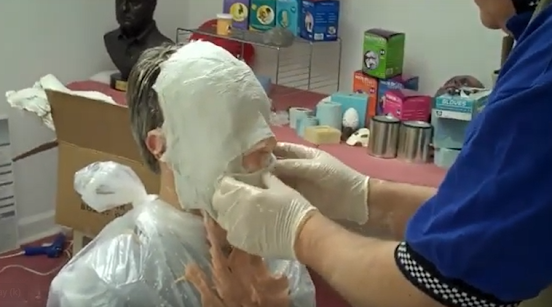When it comes to crafting, industrial applications, or even DIY projects, choosing the right resin is crucial. Among the most popular resins are acrylic and polyester resins, each with its own unique properties and uses. To make an informed decision, it’s essential to understand the differences between these materials. In this blog, we'll delve into the characteristics, applications, and comparative advantages of acrylic and polyester resins.
Acrylic Resins
Characteristics:
- Clarity and Color Stability: Acrylic resins are renowned for their exceptional clarity and long-term color stability. They do not yellow over time, making them ideal for applications where appearance is critical.
- Durability: Acrylic resins are highly resistant to UV light and weathering, which makes them suitable for outdoor applications.
- Ease of Use: They are easy to work with, as they cure quickly and do not require extensive preparation or post-processing.
Applications:
- Decorative Items: Due to their clarity and stability, acrylic resins are often used in creating decorative items such as jewelry, ornaments, and transparent display pieces.
- Protective Coatings: They are widely used in protective coatings for artworks, providing a clear, durable finish.
- Signage: Acrylic is a preferred material for signs and displays due to its optical clarity and resistance to fading.
Polyester Resins
Characteristics:
- Strength and Rigidity: Polyester resins are known for their high tensile strength and rigidity, making them suitable for structural applications.
- Cost-Effective: They are generally more affordable compared to other resins, making them a popular choice for large-scale projects.
- Versatility: Polyester resins can be easily pigmented, making them versatile for various applications where color is important.
Applications:
- Boat and Automotive Parts: Due to their strength and rigidity, polyester resins are commonly used in the manufacturing of boat hulls and automotive body parts.
- Fiberglass Reinforcement: They are often used in conjunction with fiberglass to create strong, lightweight composite materials.
- Construction: Polyester resins are used in construction for creating durable, weather-resistant components such as roofing sheets and panels.
Uses and Differences Between, Acrylic, Epoxy, Polyurethane, and Polyester Casting Resin
To provide a broader perspective, it’s helpful to consider how acrylic and polyester resins compare to other types of resins like epoxy and polyurethane.
- Epoxy Resins: Known for their strong adhesive properties and chemical resistance, epoxy resins are ideal for bonding applications and coatings in harsh environments. They offer excellent mechanical properties and are often used in industrial settings.
- Polyurethane Resins: These resins are highly flexible and abrasion-resistant, making them suitable for applications requiring elasticity, such as molds, coatings, and castings. Polyurethane resins are also known for their impact resistance and versatility in different formulations.
Comparative Summary
Acrylic vs. Polyester:
- Acrylic is superior in terms of clarity and UV resistance, making it ideal for decorative and outdoor applications.
- Polyester offers greater strength and rigidity at a lower cost, making it suitable for structural and large-scale applications.
Epoxy vs. Polyurethane:
- Epoxy provides strong adhesion and chemical resistance, perfect for industrial and bonding applications.
- Polyurethane excels in flexibility and impact resistance, suitable for molds, coatings, and applications requiring elasticity.
Conclusion
Choosing the right resin depends on the specific requirements of your project. Whether you prioritize clarity, durability, strength, or flexibility, understanding the differences between acrylic, polyester, epoxy, and polyurethane resins will help you make an informed decision. Each resin type offers unique benefits that can be leveraged to achieve the best results for your application.

















